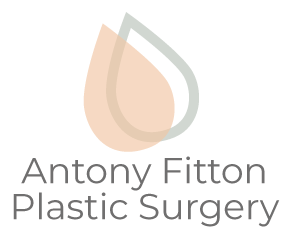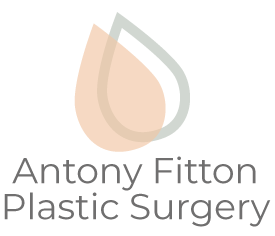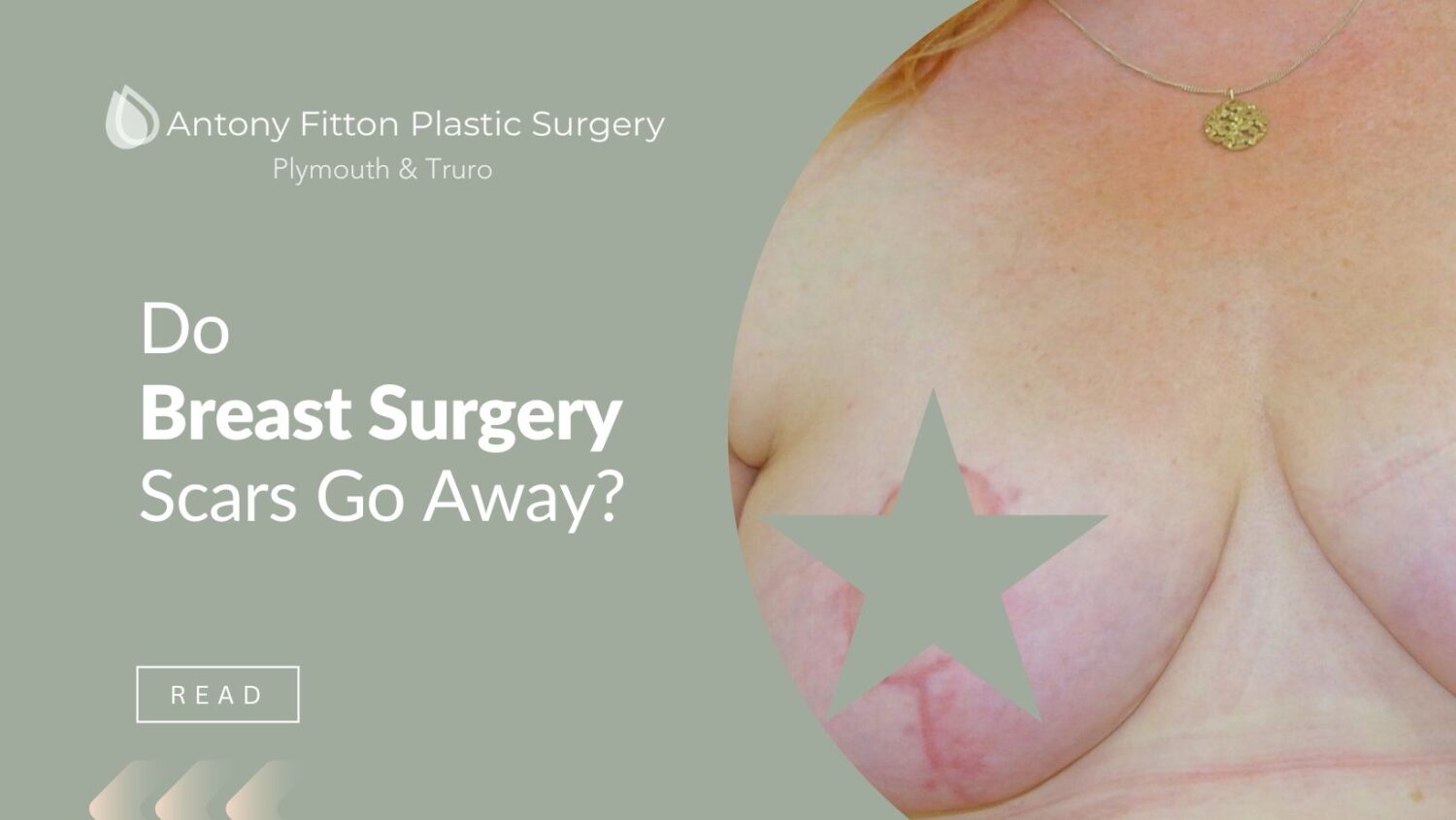
Do Breast Surgery Scars Go Away? Expert Advice from Antony Fitton
Breast surgery scars are a common concern for many individuals undergoing procedures such as augmentation, reduction, or reconstruction.
These scars are a natural part of the healing process, as your body works to repair the incision sites. Typically, scars will appear red and prominent immediately following surgery, gradually fading over time. However, their final appearance can vary based on several factors including genetics, skin type, and the surgical technique used.
To improve scar healing and appearance, it is essential to adopt effective scar management techniques. These can include:
– Silicone Gel or Sheets: Known to hydrate the skin and reduce the size of scars.
– Massage Therapy: Regularly massaging the scar can help to break down the fibrous tissue and improve elasticity.
– Sun Protection: Using sunscreen or covering up can prevent scars from darkening due to UV exposure.
Understanding these aspects can help you navigate the recovery process and enhance the results of your breast surgery.
About Breast Surgery Scars
Breast surgery, whether for augmentation, reduction, or reconstruction, often results in scars that can vary in appearance, size, and colour. Scars form as part of the natural healing process when the body repairs areas of tissue damage.
Understanding the nature of these scars and the factors influencing their development is crucial for managing and potentially minimising their appearance.
Types of Breast Surgery
Breast surgeries can be categorised primarily into augmentation, reduction, and reconstruction, each leaving different types of scars.
– Breast Augmentation: Involves the insertion of implants to enhance the size of the breasts. The incisions vary from inframammary (under the breast), peri-areolar (around the nipple), to transaxillary (through the armpit), each resulting in a different scar pattern.
– Breast Reduction: Reduces breast size and typically involves larger incisions, often in the shape of a lollipop or anchor, leading to more prominent scarring.
– Breast Reconstruction: Often follows mastectomy, and the scars can vary widely depending on the surgical approach used to rebuild the breast.
Factors Affecting Scar Formation
The eventual appearance of breast surgery scars is influenced by several factors:
1. Surgical Technique: The precision of the surgeon and the type of incision made can significantly impact scarring.
2. Genetics: Some people are genetically predisposed to developing thicker, more prominent scars, such as keloids.
3. Skin Type and Colour: Skin tone can affect scar visibility. For instance, darker skin tones may develop hyperpigmented scars.
4. Postoperative Care: How well one follows postoperative instructions, including scar care, impacts healing.
5. Overall Health: Nutritional status, age, and general health can influence the skin’s ability to heal.
Healing Process of Breast Surgery Scars
Understanding the stages of scar formation can aid in setting realistic expectations for healing times and outcomes. The healing process is typically divided into several phases.
Initial Healing Phase
In the immediate weeks following surgery, the body focuses on closing the incision and healing the surface of the skin. This phase involves inflammation and may present with redness, swelling, and tenderness around the scar site. This crucial stage can last for about two to four weeks, depending on individual healing rates and post-surgical care.
Scar Maturation
Following the initial healing, the scar enters the maturation phase, which can last several months. During this period, collagen realigns, and the scar strengthens. The raised appearance may start to flatten, and the colour often shifts from red to a lighter tone. Application of scar creams, silicone sheets, and gentle massage can be beneficial in managing scars during this phase.
Long-term Changes
Over time, the scar continues to change, usually appearing less conspicuous. The improvement can be gradual and ongoing, with some changes persisting over a couple of years after surgery. At this stage, scars might appear paler and flatter, blending more naturally with the surrounding skin.
How long does it take for breast surgery scars to fade?
Typically, breast surgery scars begin to fade within six to twelve months following surgery, although complete fading—where the scars reach their final level of improvement—may take longer. Several factors impact this timeline:
– Patient’s Age: Younger skin often heals more rapidly and efficiently than older skin.
– Adherence to Scar Management Protocols: Consistent use of recommended treatments, such as silicone gels and sun protection, can accelerate fading.
– Lifestyle Factors: Maintaining a healthy lifestyle, including a balanced diet and avoidance of smoking, can promote better scar healing.
Persistent redness or unusual scar development should be discussed with a healthcare professional to explore further treatment options, which may include laser therapy or corticosteroid injections. By setting realistic expectations and following appropriate scar management guidelines, the visibility of breast surgery scars can be significantly reduced over time.

Breast Surgery Scar Appearance
What do breast surgery scars look like?
Breast surgery scars can vary significantly in appearance, depending on the type of surgery performed, the individual’s healing process, and the skill of the surgeon. Typically, these scars may initially appear red, raised, and may feel firm to the touch. Over time, they generally lighten in colour, becoming less prominent and fading to pink or white.
The position and extent of the scars also depend on the incision technique used. For instance, in breast augmentation, scars might be located under the breast, around the areola, or in the armpit. In some cases, especially after a significant time has passed, breast surgery scars can become thin lines that blend naturally with the skin.
What does scar tissue look like in the breast?
Scar tissue in the breast is a common outcome of surgery. It is generally denser than the surrounding tissue and can sometimes cause a noticeable lump or thickened area. Scar tissue may differ in texture from the surrounding breast tissue, feeling firmer to the touch.
This tissue may not always be visible from the outside but can be detected during breast self-exams or medical examinations. In some cases, scar tissue can also affect the breast’s shape, resulting in slight asymmetry. While this can be concerning for some, it usually does not pose any significant health threat.
Is it normal to have scar tissue after breast surgery?
Yes, it is completely normal to have scar tissue after breast surgery. Scar formation is a natural part of the healing process and occurs as the body repairs itself from incisions made during surgery. The process of healing involves the production of collagen, which helps to close and strengthen the incision area but results in scar formation.
For many patients, this scar tissue diminishes considerably over time, though some may experience its persistence for longer periods. Occasionally, individuals may develop hypertrophic scars or keloids, which are excessive forms of scarring. However, these conditions are relatively rare and can often be managed with medical intervention.

Treatment to Reduce the Appearance of Breast Surgery Scars
Topical Treatments and Creams
Topical treatments and creams are widely used to minimise the appearance of breast surgery scars effectively. These include silicone gel and silicone sheets, which are believed to hydrate the skin and improve scar texture and colour. Applying vitamin E oil or over-the-counter scar creams, which contain ingredients like onion extract or hydrocortisone, may also help in reducing scar visibility.
Regular application of these treatments as directed by healthcare providers can contribute to softer, flatter, and less noticeable scars. It’s important to start using these products once the surgical wounds have fully healed and to follow instructions diligently for the best results.
Advanced Medical Procedures
For individuals seeking more significant improvement, advanced medical procedures are available. Options such as laser therapy can reduce scar redness and improve texture. Laser treatments work by resurfacing the skin and encouraging the regeneration of healthy skin cells.
Microdermabrasion, another advanced method, involves the exfoliation of the surface layer of the skin, promoting a smoother appearance. In more severe cases, surgical scar revision might be recommended. This procedure involves the removal of the existing scar and the creation of a new, less conspicuous scar.
Lifestyle Adjustments and Precautions
Adopting certain lifestyle adjustments can further support the healing process and reduce scar prominence. Maintaining a balanced diet rich in vitamins C and E, which play crucial roles in skin health and collagen production, can aid recovery. Additionally, staying hydrated, avoiding tobacco use, and protecting the scars from sun exposure by using high-SPF sunscreen are essential precautions.
Wearing supportive bras post-surgery can also prevent undue stress on the incision sites, promoting better healing. Engaging in regular but gentle exercise to ensure good circulation without putting pressure on the scars is advised. Taking these steps not only aids in scar reduction but also contributes to overall health and well-being during the recovery period.
The visibility of breast surgery scars can vary, generally becoming less noticeable over 12 to 18 months. The body’s natural healing process plays a significant role, and the outcome depends on several factors, including skin type, age, and post-operative care.
Scar healing is influenced by:
– Genetic factors and skin type
– Age and general health
– Surgical technique and post-operative care
Yes, there are numerous creams and treatments available that can aid in reducing the appearance of scars. Silicone-based products are often recommended for their effectiveness in flattening and fading scars.
Consulting with a healthcare professional can provide personalised advice and recommendations tailored to individual needs.
Ensuring proper wound care and following all post-surgery instructions can help minimise scarring. Protecting the scar from sun exposure and maintaining a healthy diet can also contribute to better healing.
While it is challenging to erase scars completely, their visibility can often be greatly reduced through appropriate treatments and care. Advanced procedures and professional treatments, such as laser therapy, may offer significant improvements for some individuals.
Plastic surgery can be a life-changing decision, offering both cosmetic and functional benefits.
However, it is crucial to have accurate information and realistic expectations. Consulting with a certified and experienced plastic surgeon is the best course of action to ensure you receive personalised advice and clear answers to any queries.
– Educate Yourself: Research procedures thoroughly.
– Prepare for Recovery: Understand the time and effort needed for healing.
– Prioritise Your Safety: Choose reputable clinics and experienced professionals.
Ultimately, informed decision-making plays a vital role in achieving satisfactory results in any cosmetic procedure.
For a no-obligation quote
For a no-obligation quote, tailored specifically to you, please book in for your consultation with Mr Fitton. Your requirements will be discussed in full confidence in a friendly and relaxed atmosphere.
Following your consultation, the price you are quoted includes everything and there are no extra or hidden costs. Advice, treatment and aftercare are all part of our package to ensure your experience is positive from beginning to end.
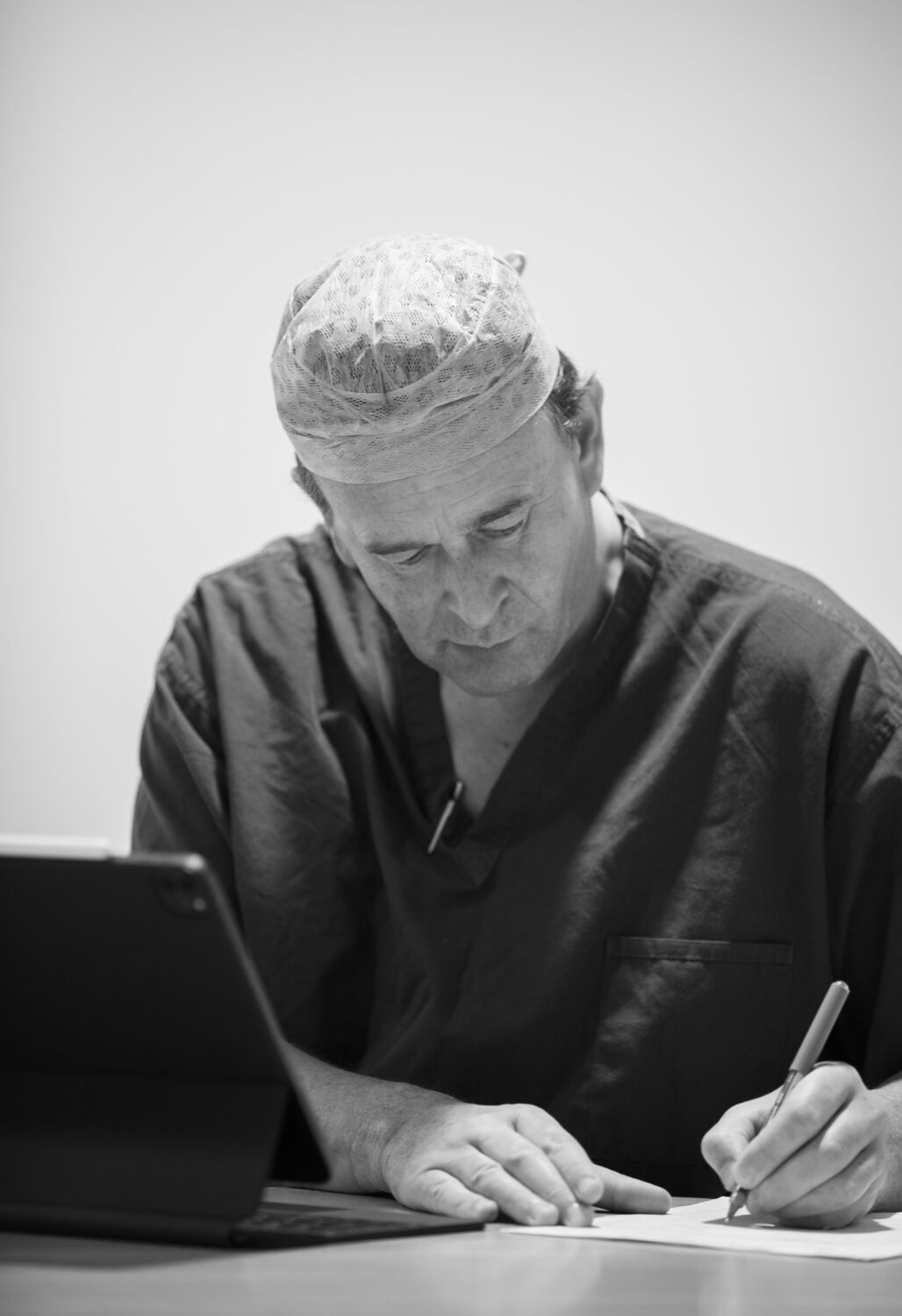
About your Plastic Surgeon: Mr Antony Fitton
MB, BS(hons)., MD., FRCS(eng)., FRCS(plast).
Mr Antony Fitton qualified at the Royal London Hospital in 1989 with distinction in Surgery. He holds an MB, BS(Hons)., MD., FRCS(eng). and FRCS(plast). (Fellowship at the Royal College of Surgeons).
He is a member of BAPRAS (British Association for Plastic, Reconstructive and Aesthetic Surgeons), BAAPS (British Association for Aesthetic Plastic Surgeons), and BSSH (British Society for Surgery of the Hand).
Mr Fitton has received the Paton & Masser Award and the CM Matthews Award from the Royal College of Surgeons of England for his research in nerve injury.
Mr Fitton is licensed as a Plastic and Reconstructive Surgeon by the GMC.

- 0% Finance Available
- Consultations and treatments are available at either the Nuffield Health Hospital, Plymouth or the Duchy Hospital, Truro
- Care Quality Commission Regulated
- GMC Specialist Registered Surgeon
- BAPRAS, BAAPS and BSSH member
- Registered MD
Life-changing result
"I just wanted to thank you (and your team) for the life-changing result of my top surgery. This will provide me with the freedom that I’m excited to enjoy, including being able to go swimming and actually staying cool in summer! All jokes aside, you have helped to mark a new chapter in my life, for which I am incredibly grateful… ALL the best."
Our appearance has an impact on how others perceive us. We are experts in creating an improved version of you. You can click on the procedure below for more information.
Body surgery (or contouring) can involve all or one of the following, with a prime focus on areas such as the buttocks, tummy, thighs, arms, and breasts. Click on the links below for more information.
There are several different types of hand surgery but all aim to restore functionality while making the hand look as normal as possible. Click on the links below for more information.

Should I Lose Weight Before a Tummy Tuck?
Discover if you should I lose weight before a tummy tuck and if it can enhance your surgery results
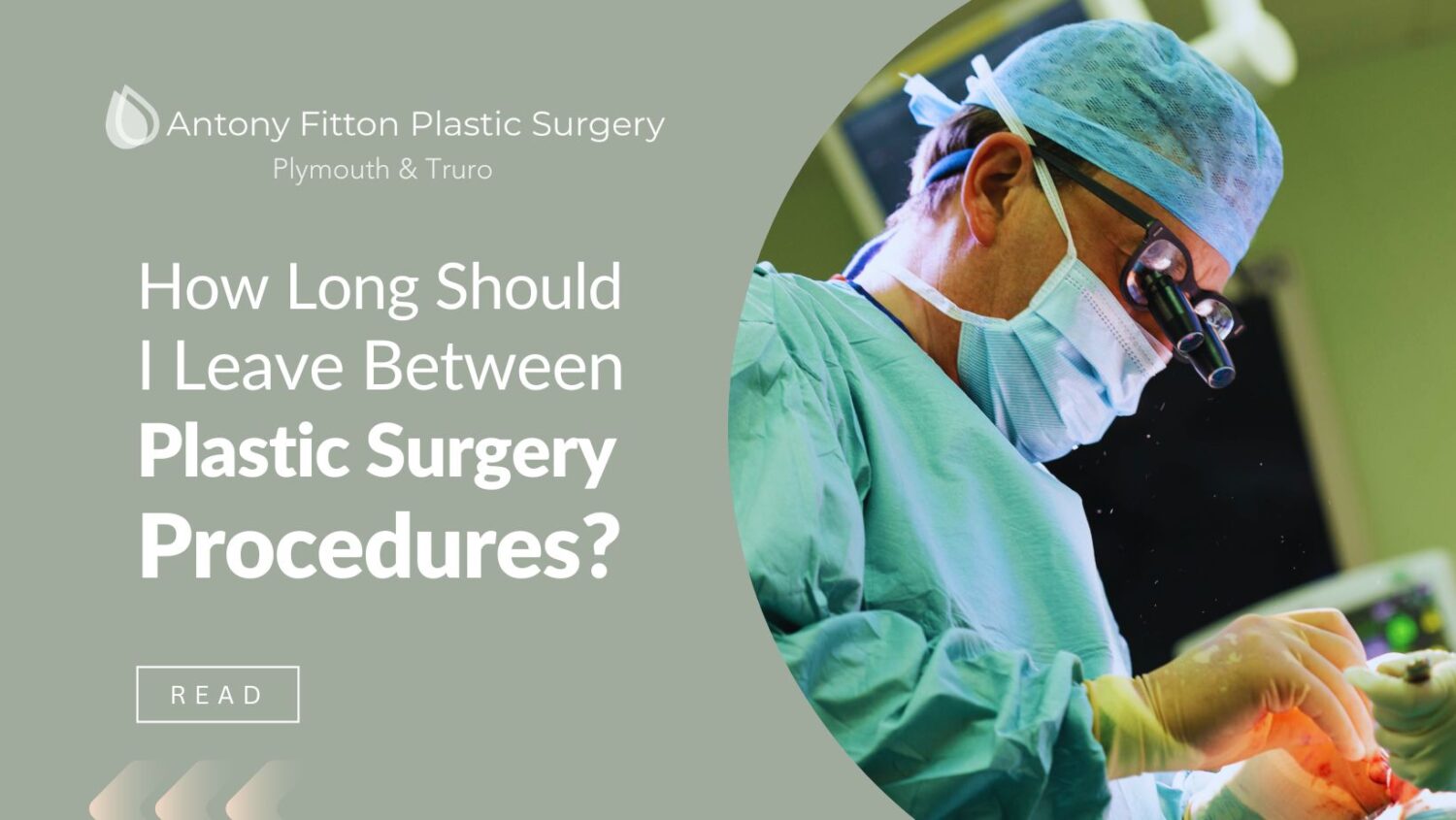
How Long Should I Leave Between Plastic Surgery Procedures?
Discover how long you should leave between plastic surgery procedures for optimal recovery and effec
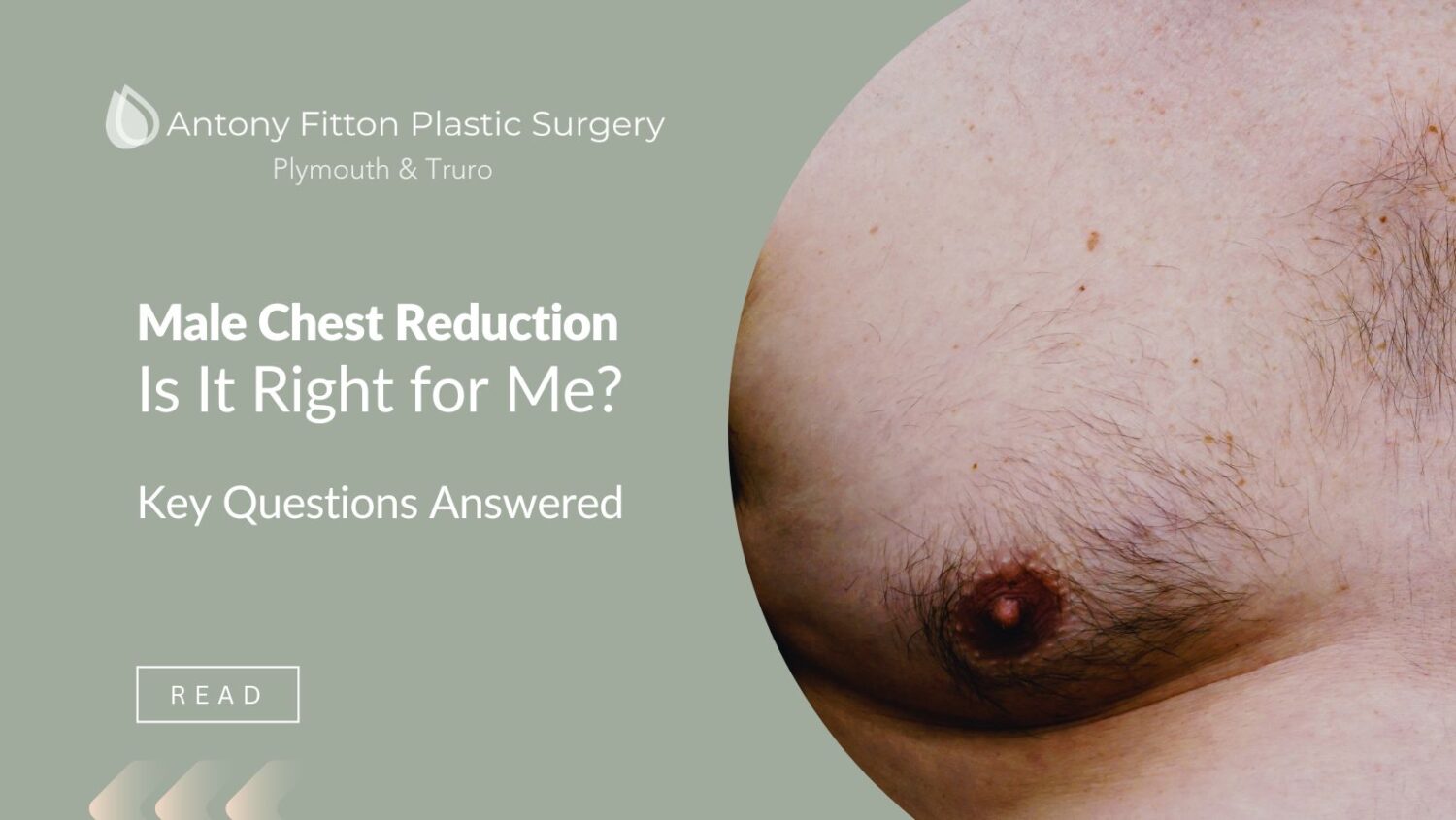
Is Male Chest Reduction Right for Me? Key Questions Answered
Is Male Chest Reduction Right for You? This blog answers crucial questions on gynecomastia surgery s



